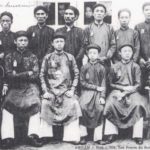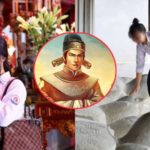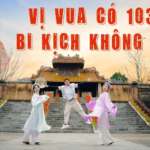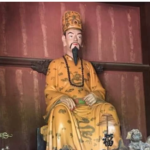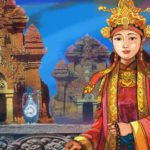Lê Hiển Tông, the 26th emperor of the Hau Le dynasty, is a king with many legends and fascinating stories. Even the name of his reign is associated with a “fortune telling” story.
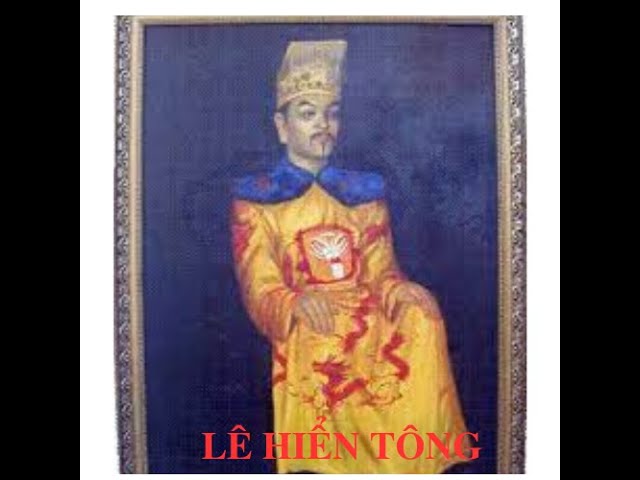
Lê Hiển Tông, whose real name is Lê Duy Diêu, is the eldest son of King Lê Thuần Tông. The king was born in the month of Đinh Dậu (1717) and passed away in the month of Bính Ngọ (1786), at the age of 69. He is one of the kings with the highest age and the longest reign in the Hau Le dynasty. This emperor is also one of the longest-reigning monarchs in Vietnamese history and the longest-reigning king in the Hau Le dynasty.
In the feudal history of Vietnam, Lê Hiển Tông is the only king with three sons-in-law who became kings of opposing dynasties. The king’s princess Ngọc Hân married King Quang Trung – Nguyễn Huệ, creating a beautiful love story in Vietnamese feudal history.
Later, at the suggestion of Ngọc Hân, another daughter of the king, princess Ngọc Bình, married King Cảnh Thịnh of the Tay Son dynasty.
In 1801, when the Tay Son dynasty collapsed, King Gia Long married princess Ngọc Bình, and they had three children together.
Lê Hiển Tông, whose real name is Lê Duy Diêu, according to historical records, had phoenix eyes and a dragon beard. When he was still a Crown Prince, he experienced dangerous situations and endured many hardships. When he ascended to the throne, the country was in turmoil, but later society returned to stability, the people lived in peace and prosperity, and he was praised as a king of peace. Although he did not have many achievements, the reign of Emperor Lê Hiển Tông had many interesting aspects.
The book “Sách Sử kỳ Đại việt toàn thư” recorded that Emperor Lê Hiển Tông ascended the throne through fortunate circumstances. When he was still a prince, he was imprisoned by Lord Trịnh Giang, but later he was brought to the throne by Trịnh Doanh. From the status of a prisoner, he became an emperor.
According to “Hoàng Lê nhất thống chí”, in 1740, when Trịnh Doanh ascended the throne, he transferred the prince Lê Duy Diêu to be imprisoned at his relative’s house, Vũ Tất Thận. Strangely, the night before, Vũ Tất Thận “dreamed that the imperial court came to his house with fluttering flags and melodious music, vividly depicting a scene of peace and tranquility.” The next morning, when he saw the soldiers freeing the prince and bringing him to his house, he was astonished and believed that it was related to his dream, so he recounted it to Lord Trịnh. Hearing this, Trịnh Doanh considered it a great omen and welcomed the prince back as the king, giving him the reign title Cảnh Hưng.
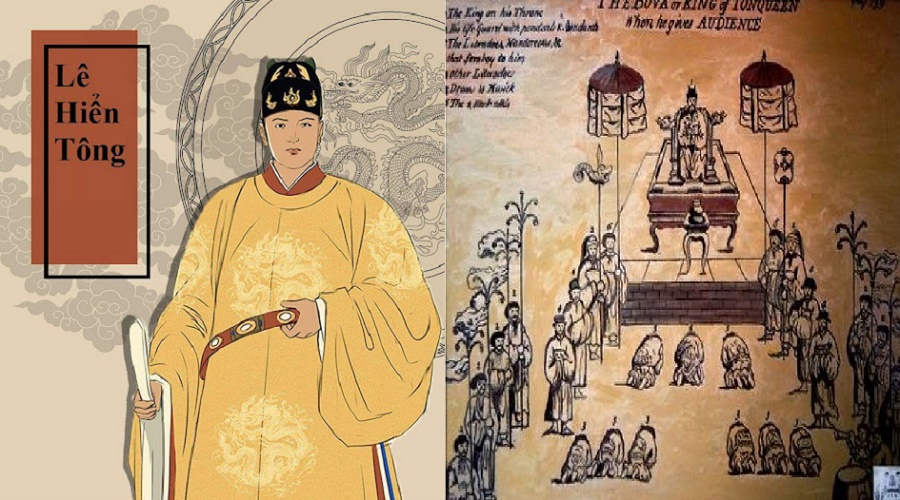
Thus, thanks to the dream of Vũ Tất Thuận, the prince Lê Duy Diêu, who was once a prisoner, became the king of the Hau Le dynasty.
Lê Hiển Tông is the king who issued the most types of coins among the kings and lords of feudal Vietnam. During his reign, he minted 16 different types of coins with his reign title, including: Cảnh Hưng Thông Bảo, Cảnh Hưng Trung Bảo, Cảnh Hưng Chí Bảo, Cảnh Hưng Vĩnh Bảo, Cảnh Hưng Thái Bảo, Cảnh Hưng Cự Bảo, Cảnh Hưng Trọng Bảo, Cảnh Hưng Tuyền Bảo, Cảnh Hưng Thuận Bảo, Cảnh Hưng Chính Bảo, Cảnh Hưng Nội Bảo, Cảnh Hưng Dụng Bảo, Cảnh Hưng Lai Bảo, Cảnh Hưng Thận Bảo, Cảnh Hưng Ðại Bảo, Cảnh Hưng Ðại Tiền.
Lê Hiển Tông also issued the first code of civil procedure in Vietnam. In the year Đinh Dậu (1777), the Law of the National Court Procedure was promulgated, which included provisions on litigation, jurisdiction at different levels, time limits for trials, arresting individuals, investigations, and searches…
Lê Hiển Tông was skilled in music and various other talents. According to “Hoàng Lê nhất thống chí”, the king was skilled in various crafts. All of his palace tunes and music were original compositions, with extremely melodious and bright sounds. Lê Hiển Tông also held the most examinations in the history of Confucian education.
During his reign, the court held 16 examinations, with 131 successful candidates. In the year Canh Ngọ (1750), during the reign of King Lê Hiển Tông, for the first time in the history of Confucian education, candidates had to pay an examination fee to participate in the qualifying examination, known as “tiền thông kinh”. During the period of Trịnh domination, the kings of the Lê dynasty were mere figureheads, witnessing many kings in the past who had been deposed by the Trịnh family, so throughout his reign, Lê Hiển Tông had almost no resistance against the Trịnh family. He even punished those who intended to help the king regain lost power.
According to the book “Cương mục của nhà Nguyễn”, the king was humble and calm. In his old age, when he was pressured by Trịnh Sâm, he just endured silently. Until now, the Tây Sơn dynasty worships him, and although on the surface the king was happy, deep down he still worried.

























